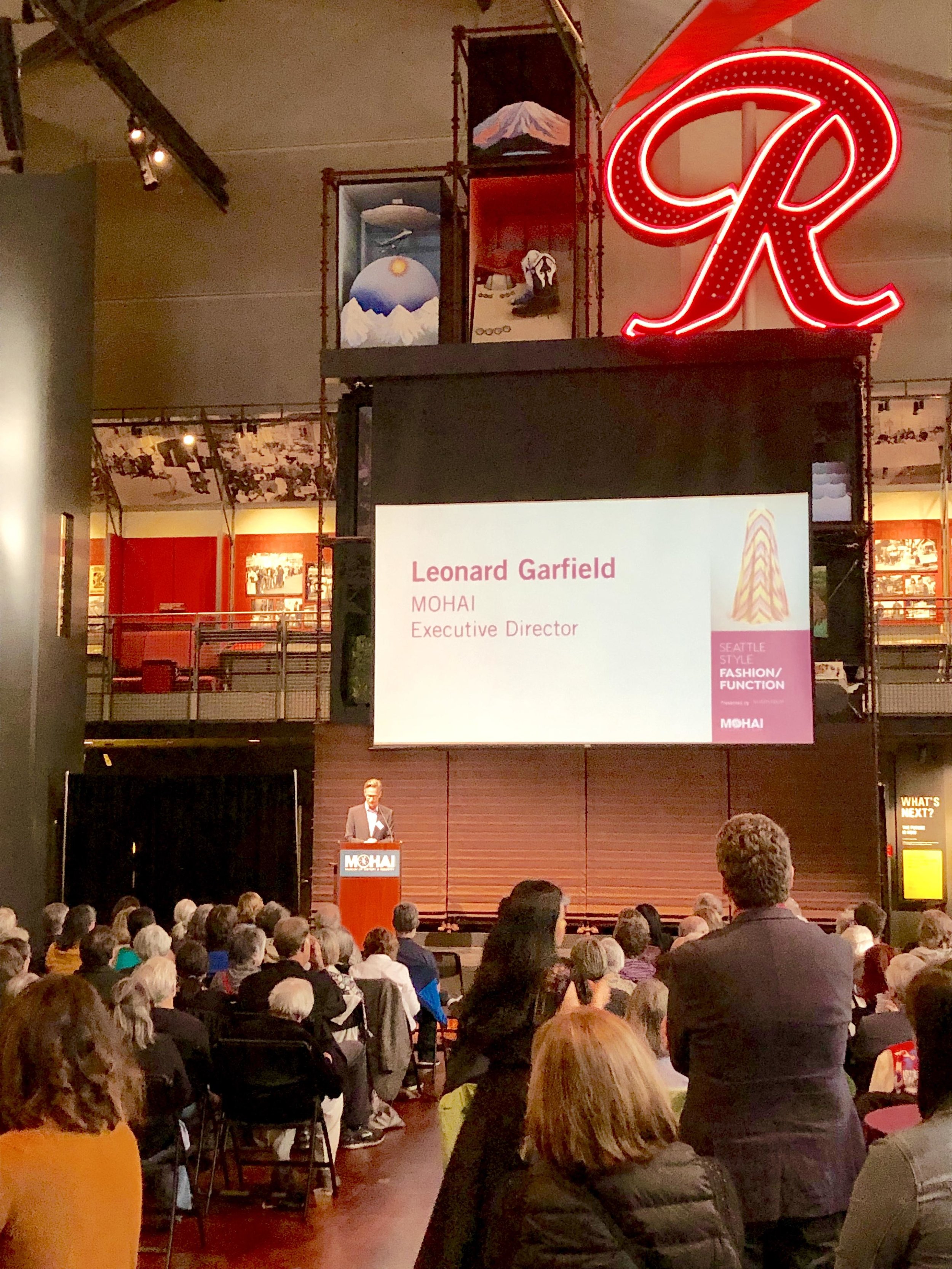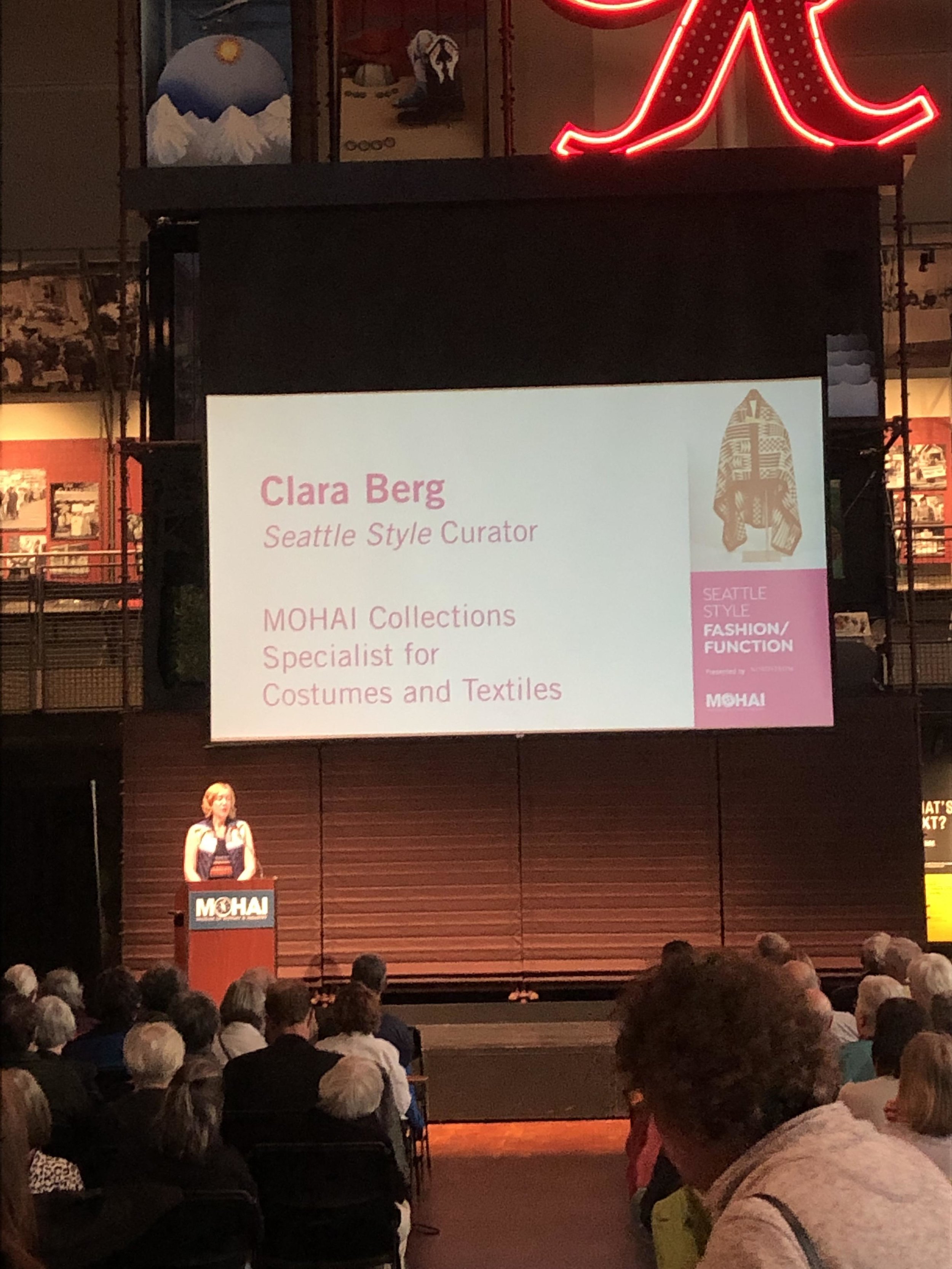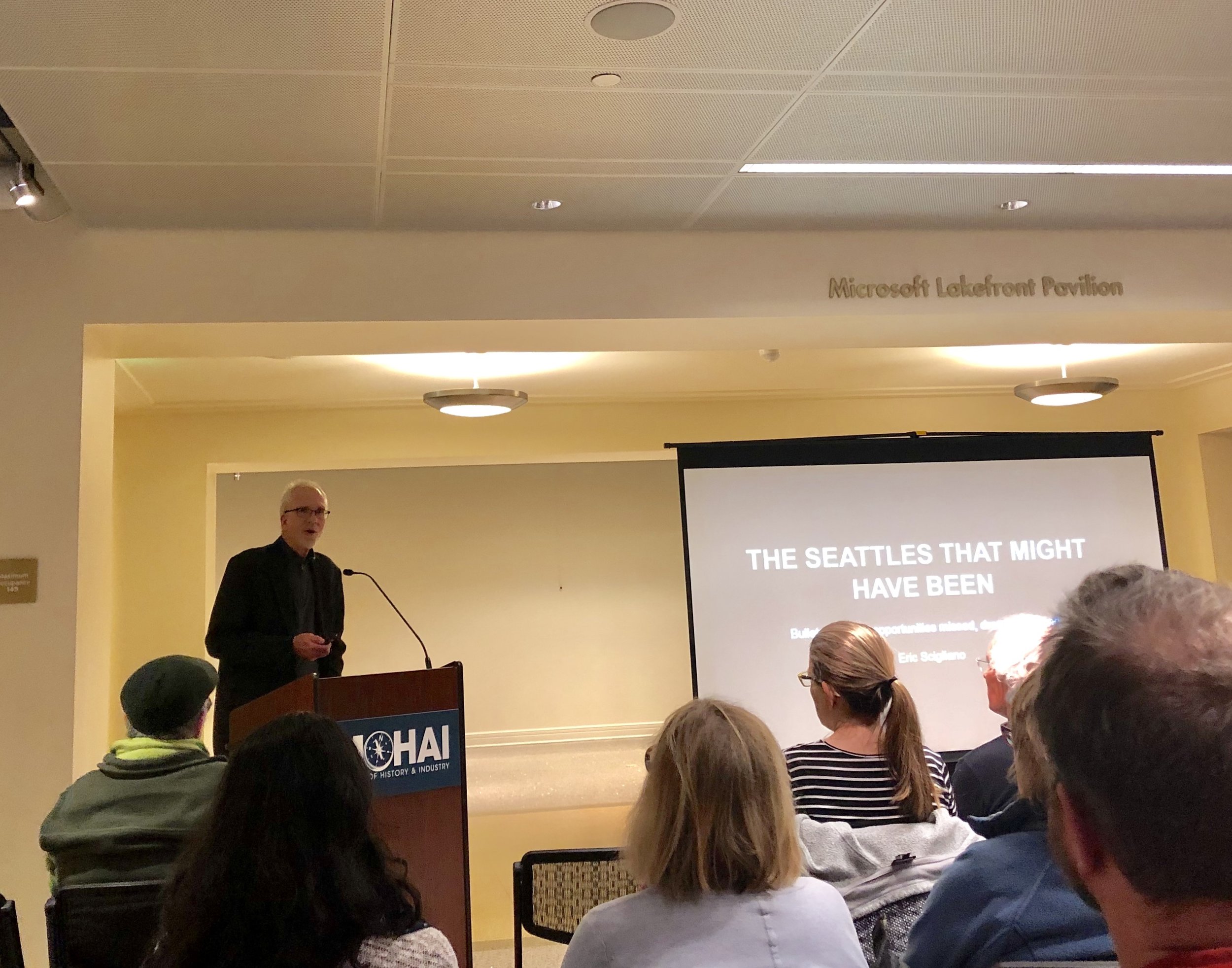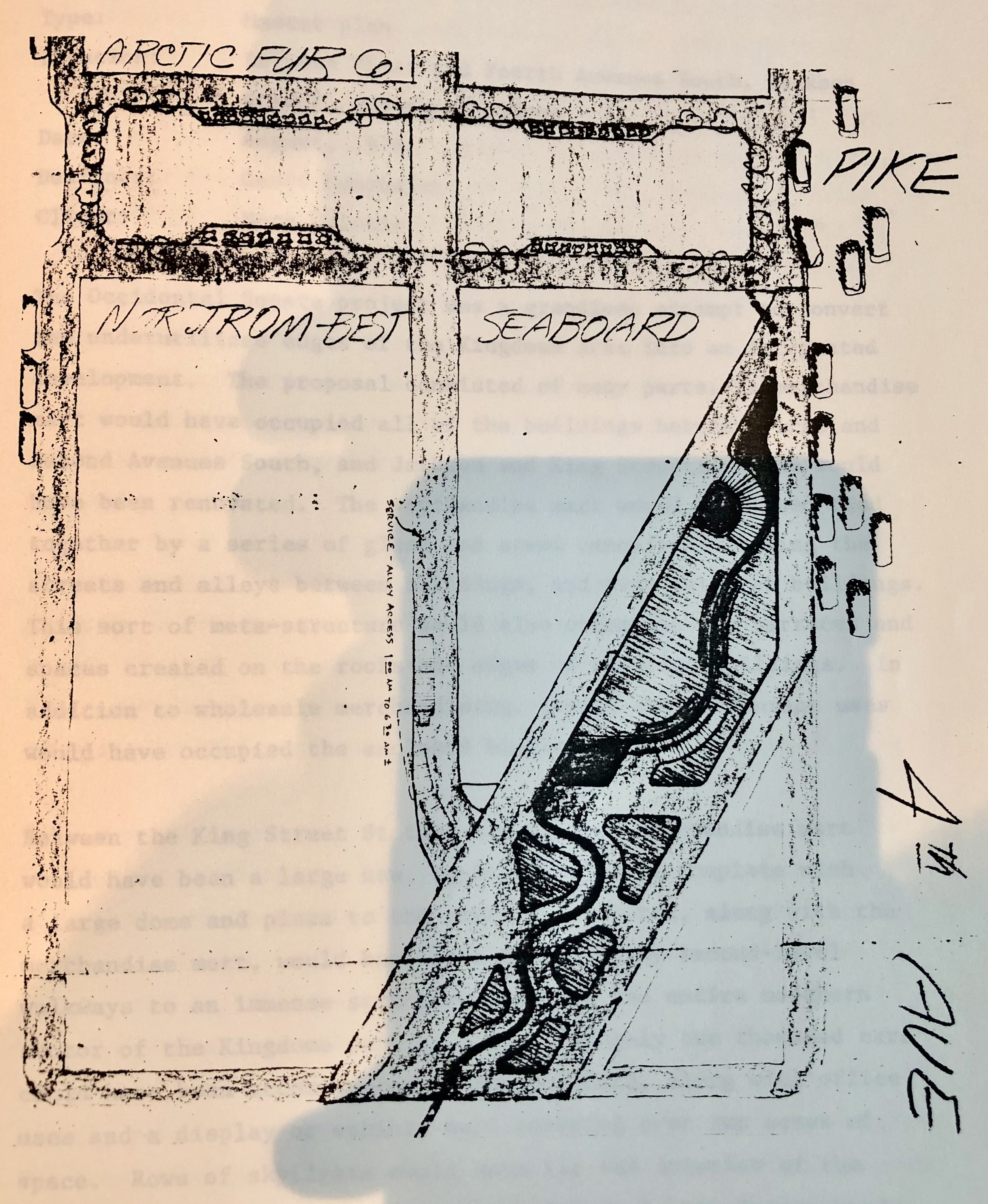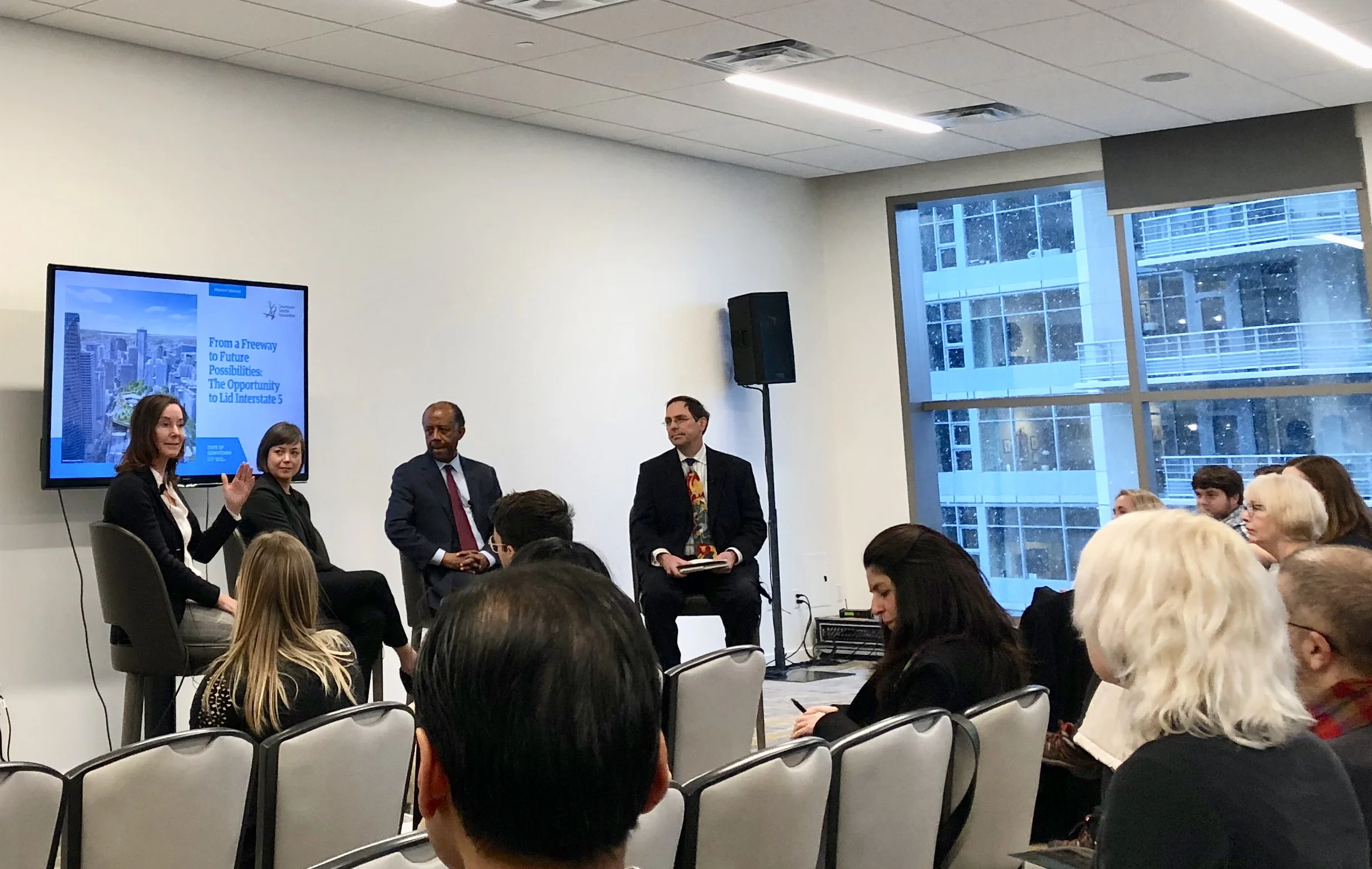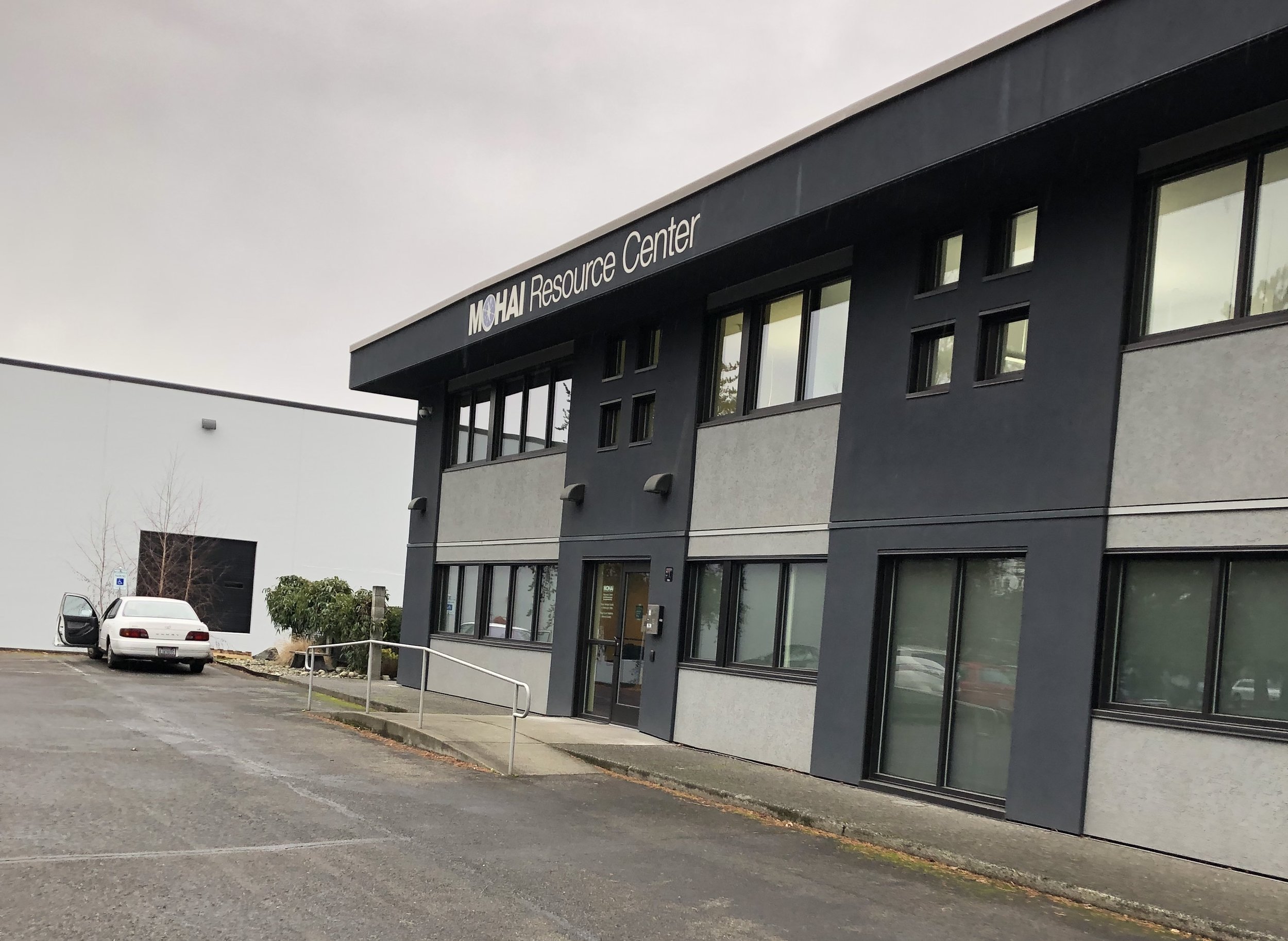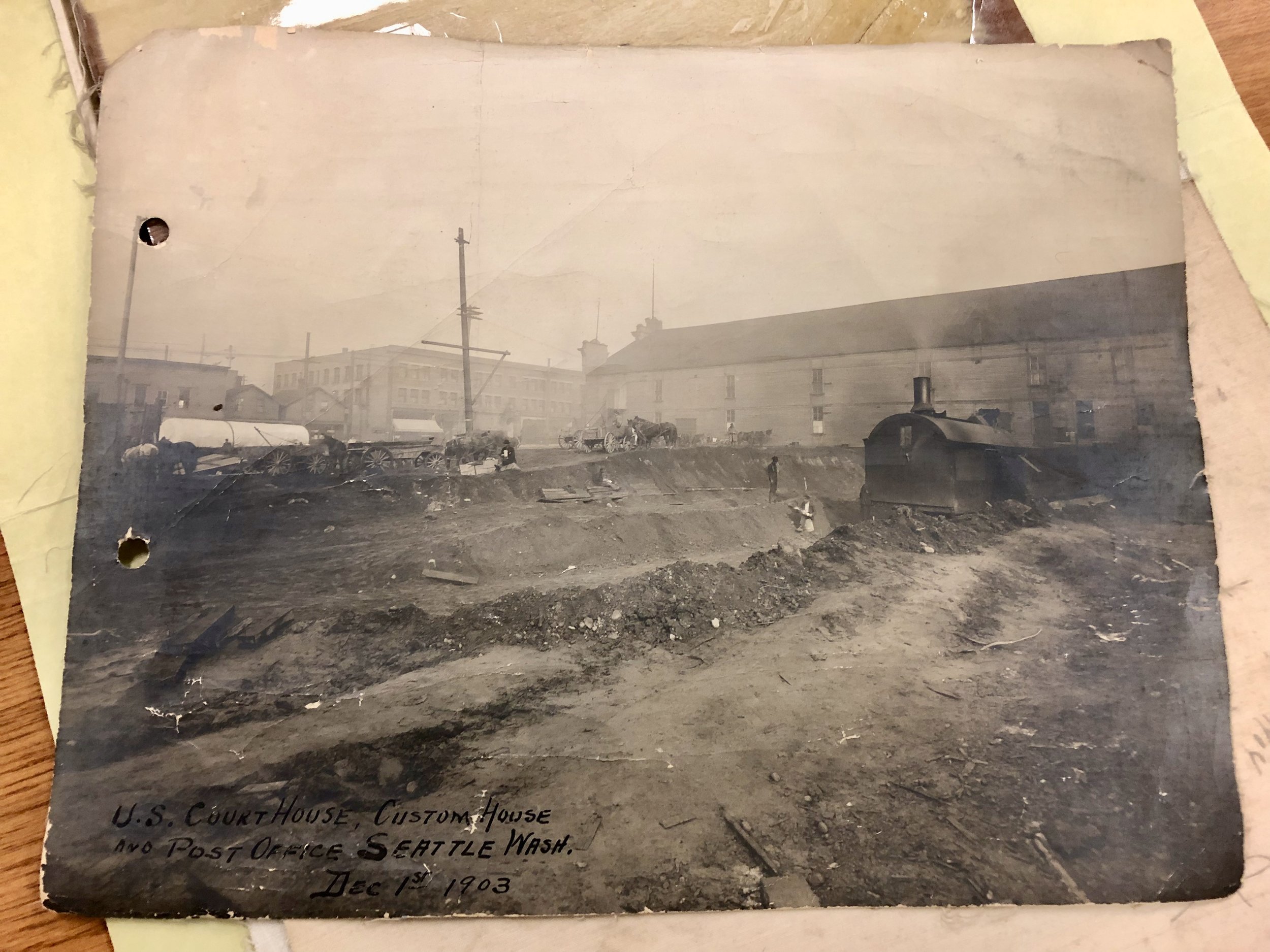The movement for freeway lids is first attributed to Seattle’s Freeway Park in 1976. Many other cities have completed similar projects, or are in the planning stages. Here is a comprehensive map pinpointing where they are (some places will likely surprise you).
Karen Thompson also spoke about her experience at Penns Landing in Philadelphia. Penns Landing is a historical commemoration waterfront site that is separated from the rest of the city by I-95. The Delaware River Waterfront Corporation, in collaboration with other agencies, are embarking on a master plan to cap 12 acres of the freeway and build additional green spaces with amenities like an skating rink. Similar to the goals for lidding I-5, the Philadelphia project is intended to improve accessibility to the rest of the city and the waterfront.
I am familiar with this transformative project through my work at The Durst Organization. During my visits to Philadelphia, I can see great potential at the site and a city that is rallying around the concept. As Seattle’s I-5 lid feasibility study is completed and further contemplated, perhaps there will be a growth of support as Seattleites realize the benefits.
To garner support, I think it’s also critical to engage the historical imagination. In 1961, Paul Thiry (who was Principal Architect for the 1962 World’s Fair), serving as a member of the City Planning Commission, wanted to lid all of I-5 through downtown Seattle, sensing how the freeway can create isolation. After I-5 was built, Freeway Park and later the Convention Center were built as lids, with a number of proposals in intervening years, not to mention lids on I-90 and 520. I-5 “as is” is certainly not a given.





